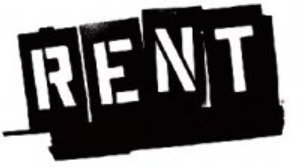
by The Landlord

Barfoot & Thompson’s latest quarterly rental market update shows the trend of slower-paced rent rises continued through the third quarter of this year.
The cost of renting a typical three-bedroom* home in Auckland was $559 in the three months ending 30 September 2018.
This was just 3.2% more than it was during the same period in 2017.
Barfoot & Thompson director Kiri Barfoot says it represents a real cost increase of around $17 per week as compared to last year.
“The increase is $2 lower than last quarter and is now the lowest average weekly rent rise that we have observed in well over two years.”
The average weekly rent for all properties (all bedroom sizes and eligible suburbs) was also lower than the historical norm, up 3.5% year-on-year to $563.
This is as compared to recent increases of as much at 4.8%.
Central Auckland saw the biggest rise in rents of any of the regions: rents were up by 5.46% over the quarter.
Barfoot says this was primarily due to the growing number of large, luxury apartments pulling in higher weekly rents.
West Auckland rents came in at second place with a year-on-year increase of 5.05% for the quarter.
However, despite the slower pace of rent growth, it seems that rental returns are on the way up.
Barfoot says that more than two-thirds of the Auckland suburbs they reviewed this quarter showed an increase in gross yield over the same period last year, with all but a handful sitting above 3% return.
“While it is an ‘on paper’ measure only, it’s a welcome move in the right direction for landlords.
“This follows a period of relatively flat gross yields during 2016 and 2017, and declining yields prior to that, so landlords will be relieved to be making up some lost ground.”
Low interest rates and a desire to keep properties occupied with good tenants could be contributing to landlords’ reluctance to raise rents further, she says.
“That said, many landlords will be looking at their increasing operating and compliance costs, as well as the changes that may come from pending rental reforms, and reassessing.
“It remains to be seen how these factors will impact the cost of renting in future.”
*Three-bedroom properties make up the bulk of the agency’s 16,500 strong portfolio and so are used as a standard example.
Read more:
| « Tight supply means rent rises | Landlords to bear letting fee costs » |
Special Offers
No comments yet
Sign In to add your comment

© Copyright 1997-2025 Tarawera Publishing Ltd. All Rights Reserved